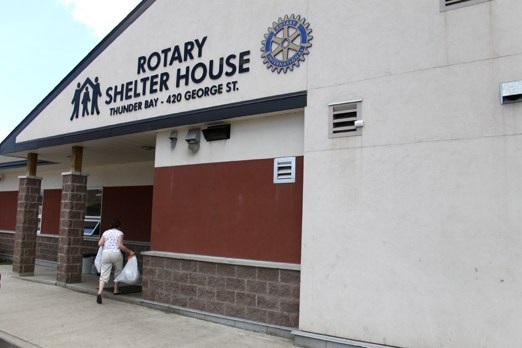A staggering number of the city’s homeless population suffers from mental health issues, says the head of a local shelter.
A recent study in the Canadian Journal of Psychiatry found that nearly 93 per cent of Calgary’s homeless population shows at least one symptom of mental illness. Thunder Bay Shelter House executive director Patti Hajdu said although a specific study hasn’t been done in Ontario, numerous reports would echo that number locally.
“It would be a safe bet to say that our numbers are somewhere around that range,” she said.
The most common issues were substance use, anxiety, affective disorders and psychotic illnesses.
While there’s a misconception that mental health and substance issues lead to homelessness, Hajdu said more and more studies are starting to show that it’s actually the opposite.
“I often say that being homeless and doing it stone cold sober would be a very challenging ordeal. There is a lot of untreated chronic pain in this population. There’s a lack of access to resources and a real cycle of poverty that continues on and on,” she said.
“As struggles get more and more severe, as the sense of hope disappears peoples’ mental health is exacerbated and so in fact people are depressed and anxious and fearful and sicker.”
Along with a growing demand for beds and food, now at 700 meals a day, Shelter House staff are noticing that the complexity of mental health issues are growing as well Hajdu said.
Part of the problem is that even when a person does get treatment, once released there’s a lack affordable housing for them to enter, which puts them back on the street or into the shelter.
“So we find people relapse very quickly,” Hajdu said.
”It really isn’t a long term solution to have a shelter that continually grows and grows and grows I think that the time has come for the various orders of government to stop arguing about whose responsibility is it and start looking at some solutions as a community.”
With little or no income access to treatment also becomes difficult as appointments might be across town.
“Even something as much as a bus ticket can be a barrier,” Hajdu said.
Non-profits have been left to fill in the gaps left by social agencies. Shelter House has started trying to get services decentralized so that care is brought to the people who need it in the neighbourhood.
But those places can only do so much as budgets aren’t growing with the demand for services Hajdu said.
